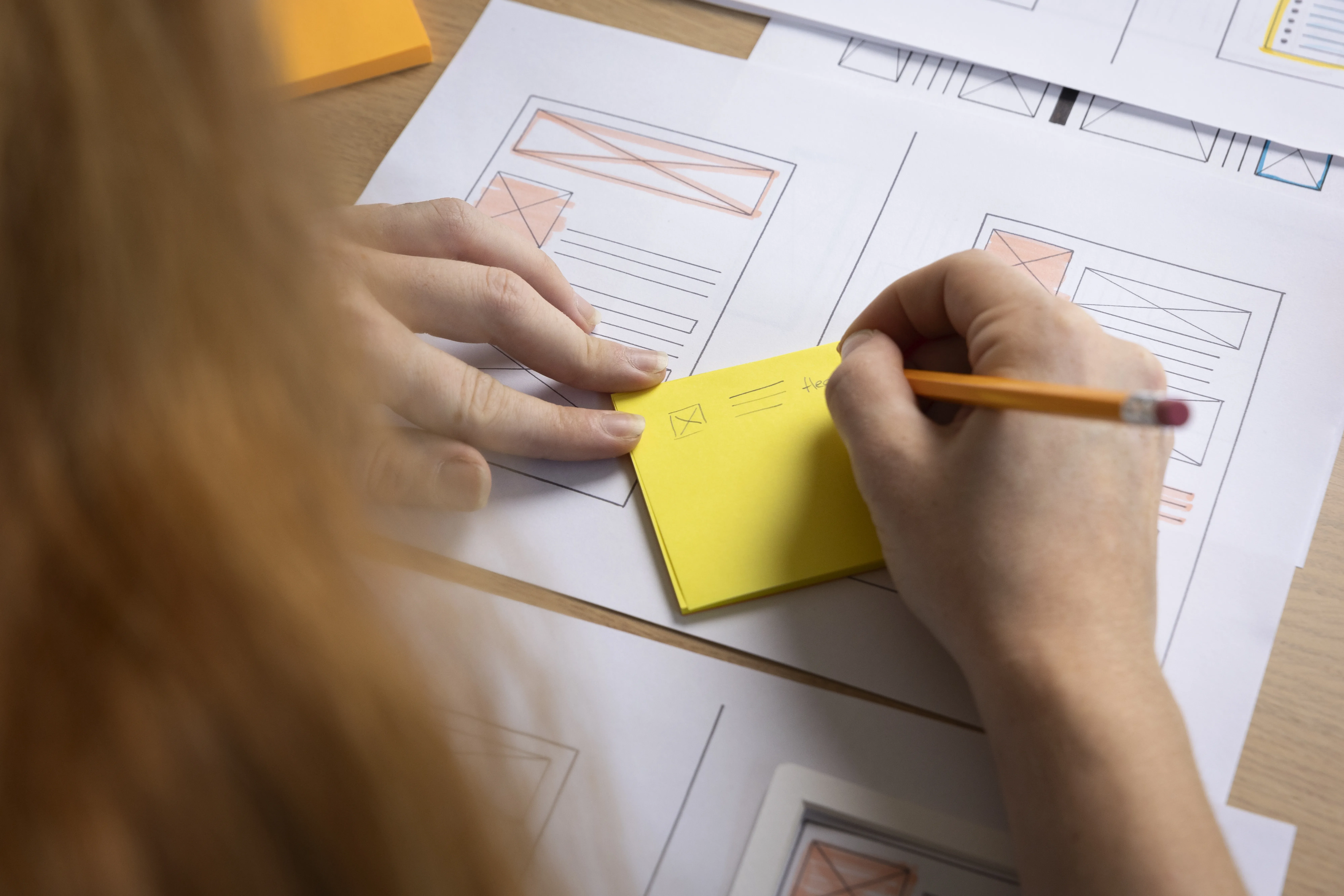

UX Design Tips from AliExpress
On World Usability Day and during the peak of the 11.11 AliExpress sale, we explore how the platform approaches UX design.

Since today is World Usability Day and 11.11 Biggest Sale on AliExpress, we decided to combine these two occasions and share insights about AliExpress’s approach to UX design.
In 2020, during the sale from November 1-11, products worth 74.1 billion dollars were sold. For comparison, online sales in the US on Thanksgiving, Black Friday, and Cyber Monday combined totaled 25 billion dollars last year.
This year, AliExpress has set a new record — 290,000 brands are participating in the 11.11 sale.
Here are UX design tips from Paul Fu, who served as the User Experience Director for Alibaba and AliExpress from December 2009 to July 2020, two of the largest b2b and b2c marketplaces.
“User experience consists of four levels. The fundamental one is what we call ‘utility.’ This means you must satisfy certain basic user needs. But that’s not enough. We also have ‘usability,’ meaning can a new user learn about your product very quickly, and can an experienced user use it efficiently? Then we have ‘desirability,’ which is the look and feel of the site, how people actually use it and whether they return to use it again. The other level is ‘brand experience,’ which is the utility, usability, and desirability that form the overall brand experience to create loyalty.”
How Does AliExpress Track whether Design Changes Work or not?
“There are different ways to measure this. We have tracking data from our website. We also conduct regular user surveys. We send out surveys asking users if they’re satisfied with the website and their experience, and whether they would recommend the website to their friends and colleagues. Through this, we can track what’s happening.
For specific projects, we also conduct regular usability studies and site visits, sometimes even inviting users to our office. We ask them to use the product. We check if they understand the product. Then sometimes we also visit users to learn how they use our website in their homes or workplaces. From this, we can understand whether they understand the product or if they have issues with it.”
How is the Design Change Process Organized on Alibaba.Com?
“When we have a new idea or request from project managers, we usually first go through a review process to determine whether the project will have a major impact or not. Sometimes for a small project, we can simply change the site and run A/B testing, and then proceed with the release. But for a project that involves many changes for users, we usually first try to understand what we aim to achieve from a business perspective. This is the first phase.
The second phase is design. Typically, after we understand the problem, we create a design concept in Wireframe or simply in Photoshop. Then we involve our users, particularly engaging them in our design process, to verify if they understand the concept, if there are any issues. Based on these findings, we refine it further. We go back to improve the design, modify the prototype, and conduct another round of evaluation.
This design process requires product managers, designers, researchers, content managers, and interface developers to work together.
So at this stage, if we’re satisfied with the product, we move on to implementation. That’s when we have the backend written and integrated into the site. We also conduct A/B testing; we redirect a small portion of traffic to two different designs to compare projects in real-time. We look at user adaptation rates, whether they understand it, whether they’re satisfied. After this, we choose the best design for implementation.
Interesting materials for you


Web development trends for 2025: what to consider today
Business process automation: 5 things to...
Read more